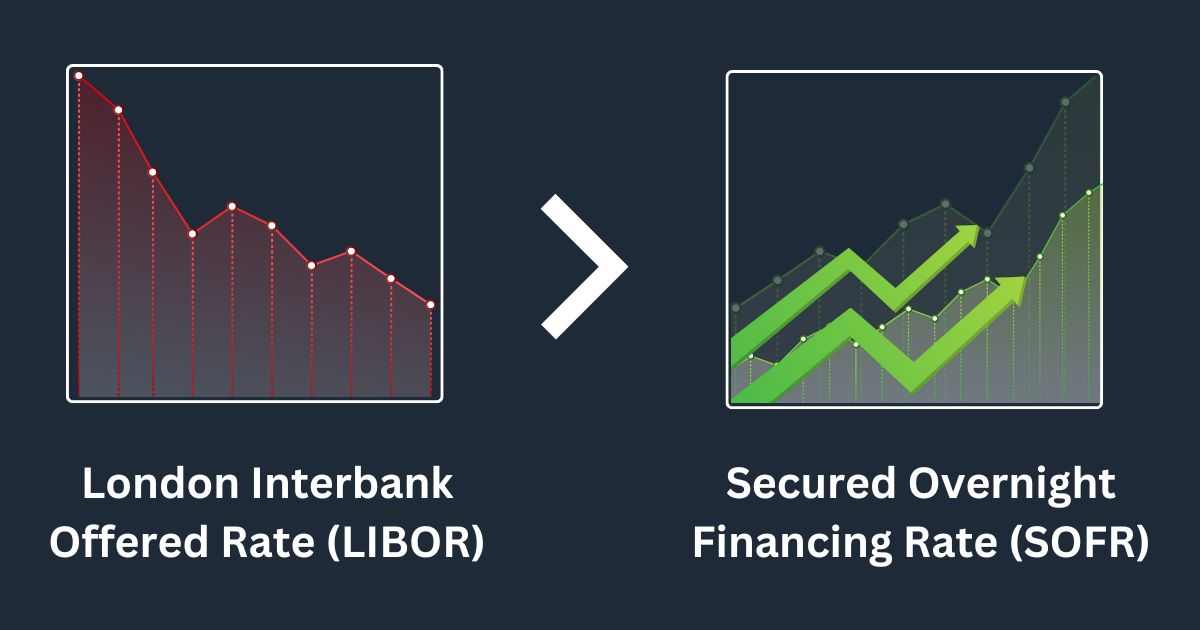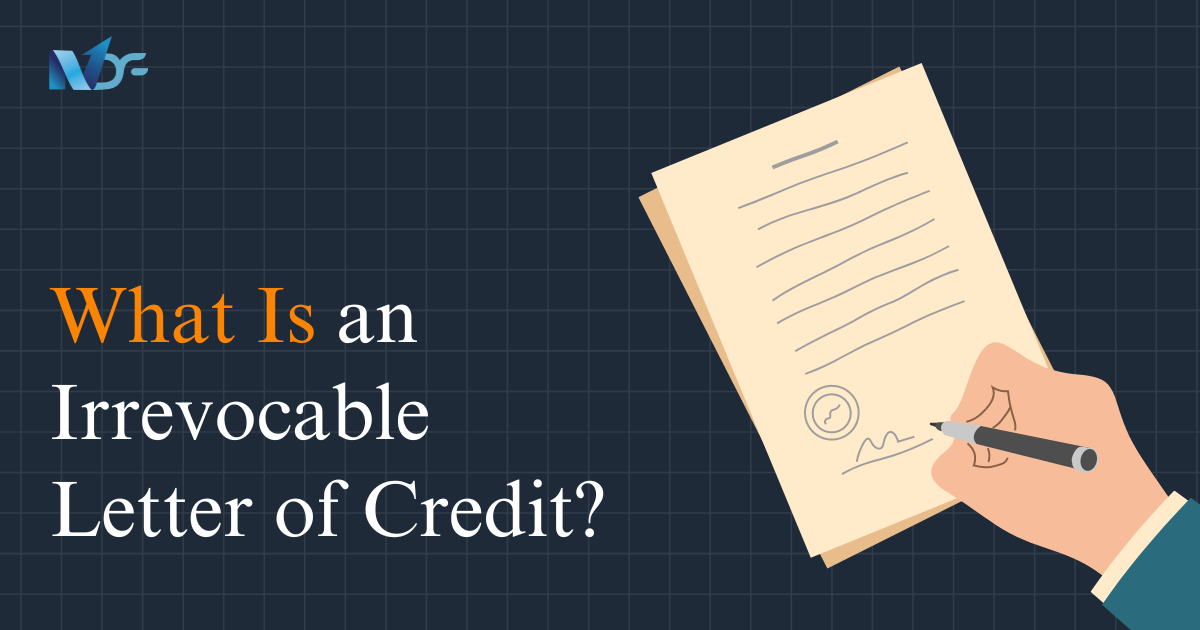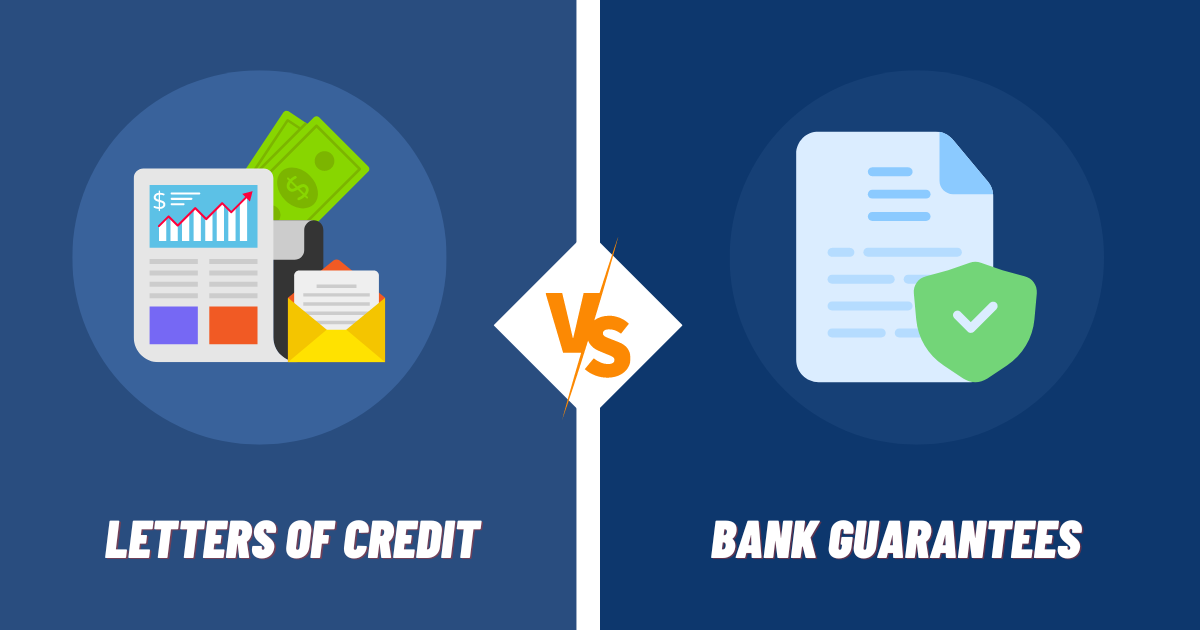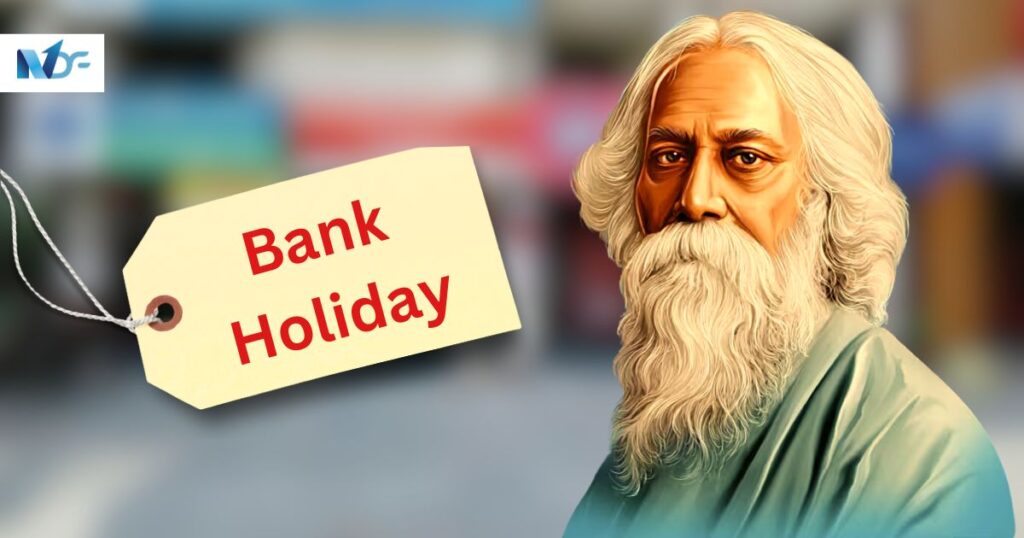One of the easiest and quickest ways to fix your cash flow problems without having to provide any collateral is Invoice Discounting. But what is invoice discounting, how does it work, and what are its various types? It is not uncommon to ambulate between various such questions.
In this guide, we will learn about the meaning of invoice discounting, and understand all about the invoice discounting arrangement with an example.
What is Invoice Discounting?
Invoice discounting is a debt-financing mechanism through which a company could use its unpaid invoices or accounts receivable/trade receivables to finance its working capital requirements.
Through invoice discounting finance, a business could receive cash advances against its unpaid invoices for its operations like purchasing raw materials, paying salaries to the staff, making payments to vendors, etc. Once the customer of the business makes payment, the lender is repaid.
The tenor of the advance/loan ranges from 90 to 120 days.
As compared to bank loans, it is a quick way to provide a cash flow boost to a business without having to provide collateral. The advance provided by the invoice discounting company is dependent upon the invoice value.
The finance provider usually charges a service fee called discounting charges.
Must Read: Bill Discounting- Meaning, Types, and how it works.
How Does Invoice Discounting Work?

Invoice Discounting, or Invoice Financing works in the following way-
- A business sells goods/services to its customers that promise to make payment at a later date or upon the delivery of the goods or project completion.
- The business can then take the unpaid invoice of the transaction or other outstanding invoices to an invoice discounting company or a finance company (usually a bank or NBFC) that provides invoice financing services. This is done after a no-objection certificate (NOC) is sought from the customer.
- The invoice discounting companies usually check the authenticity of the unpaid invoices and conduct a credit check of the business and its customers before providing the invoice discounting finance. Hence, often only businesses with reliable customers get a short-term loan through invoice discounting.
- Once the business is deemed creditworthy by the finance provider, an escrow or trust account would be opened to provide the invoice finance.
- The invoice discounting company would then provide a cash advance based upon the invoice value. (The percentage of cash advance provided against the face value of the invoice is called the advance percentage of the invoice).
Once the customer pays, the lender is repaid by the business. In case of late payments, the lender may charge an interest on the money owed.
The difference between the face value of the discounted invoice and the advance provided by the finance company is the company’s commission or service fee, and called discounting charges or invoice discounting fees.
Invoice Discounting Example

Let’s take an example of a firm named A.
A sells its products to its customer B for INR 10,00,000.
However, as per the payment terms of the transaction, B is not obligated to pay A the full amount until the delivery of the goods. Thus, A is paid merely INR 2,00,000 by B.
However, to continue working and to deliver goods to its other customers, A would need to procure raw materials and pay salaries to its staff.
Thus, A opts for an invoice discounting facility to unlock the cash tied in its accounts receivable.
It seeks an NOC from B and takes its unpaid invoice to an invoice financing company (usually a bank or NBFC) to get invoice finance.
Once the Financial institution checks the authenticity of A’s invoice and conducts a credit check on A, it opens an escrow or trust account to provide an advance to A (which is not the complete face value of the invoices).
The difference between the total invoice amount and the amount provided by the financial institution is the fee for providing the financial service of discounting, and called discounting charges.
Once the A makes full payment to B, it repays the financer.
Must Read: Bill Discounting vs Bill Purchase: Which is Better Option?
Types of Invoice Discounting

There are generally 2 types of invoice discounting-
- Sales invoice discounting- Within this type of invoice discounting, the sales invoices or the sales ledger is discounted for raising funds for working capital.
- Purchase invoice discounting- Within this type of invoice discounting, the purchase invoice is discounted with a bank or NBFC to pay the suppliers. The lender is repaid after the production cycle is complete and payment from the customer is received.
Apart from the two types, there also exists the following type of invoice discounting-
Whole turnover invoice discounting- Within this type of invoice discounting, the entire accounts receivable ledger/sales ledger is discounted with invoice discounting providers instead of specific invoices.
Advantages of invoice discounting

There are several advantages of invoice discounting, some of which include-
- In comparison to a bank loan, the process of discounting is quick and provides immediate working capital to function.
- It does not require collateral.
- It is one of the easiest debt-financing solutions to optimise cash flow in case of deferred payment terms.
- In most cases, there are no prepayment charges on early payments.
These key benefits make this debt-financing instrument a preferred choice for businesses that do not have idle assets to go for an asset based lending mechanism.
How are invoice discounting and invoice factoring different?
The main difference between invoice discounting and invoice factoring is that-
While an advance is provided against unpaid invoices by the financial institution in invoice discounting, the outstanding invoices are purchased by the financial institution in invoice factoring.
The financial institution purchasing the invoices is called a Factor. The responsibility of collecting payments from the customers also shifts to the factor along with the purchase.
The invoice factoring process has two types-
- Invoice factoring with recourse- In this type, the business buys back its invoice from the invoice factoring company if the customer does not make the payment on the due date.
- Non-recourse factoring- In this type, the liability to recover the amount from the customer in case of late payments or default is shifted to the factoring company.
Regardless of the differences, both processes address the working capital needs of businesses in an efficient way.
Must Read: What is Overdraft facility?
Final Words: When should you opt for Invoice Discounting?
Invoice discounting could be an efficient way to raise working capital for businesses that need funds from time to time, or have a lag between their order fulfilment and payments. They could finance their operations without any requirement for collateral, and is an off-the-books process.
A business that may need immediate funds for operations could opt for sales or purchase invoice discounting and get an advance based upon the invoice total.
You may also like:
- Demand Loan vs Term Loan: A Quick Comparison
- Secured vs Unsecured Business Loan: Know Differences [2023]
- 70+ Best RBI Approved Loan Apps In India [2023]
- Business Loan Eligibility Criteria in India- Essential Factors
- Business Loan vs Equity Financing: Which one is better for your business?
FAQs
What is invoice discounting in simple terms?
Invoice discounting is a way to avail a short-term loan against an outstanding invoice of a business. Within this facility, the lender pays the business a part of the face value of the invoices as an advance.
Is invoice discounting a good idea?
Yes, it is a good idea to avail a discounting facility as it could help a business unlock the cash tied in their outstanding accounts receivables and minimise the time lag between sales and payments, leading to rapid growth for the business.
How risky is invoice discounting?
While discounting an invoice, there exists the risk of default in case of non-payment by the customer/client of the company.
Is invoice discounting legal in India?
Yes, it is legal in India and regulated under the Payments and Settlement System Act, 2007.
Which platform is best for invoice discounting?
Trade Receivables Discounting System (TReDS) is a platform regulated by the Reserve Bank of India (RBI) for discounting invoices of MSMEs. It is was jointly launched by SIDBI and NSE. Because of the backing of the government, it may be considered the most credit discounting platform for invoices.
















